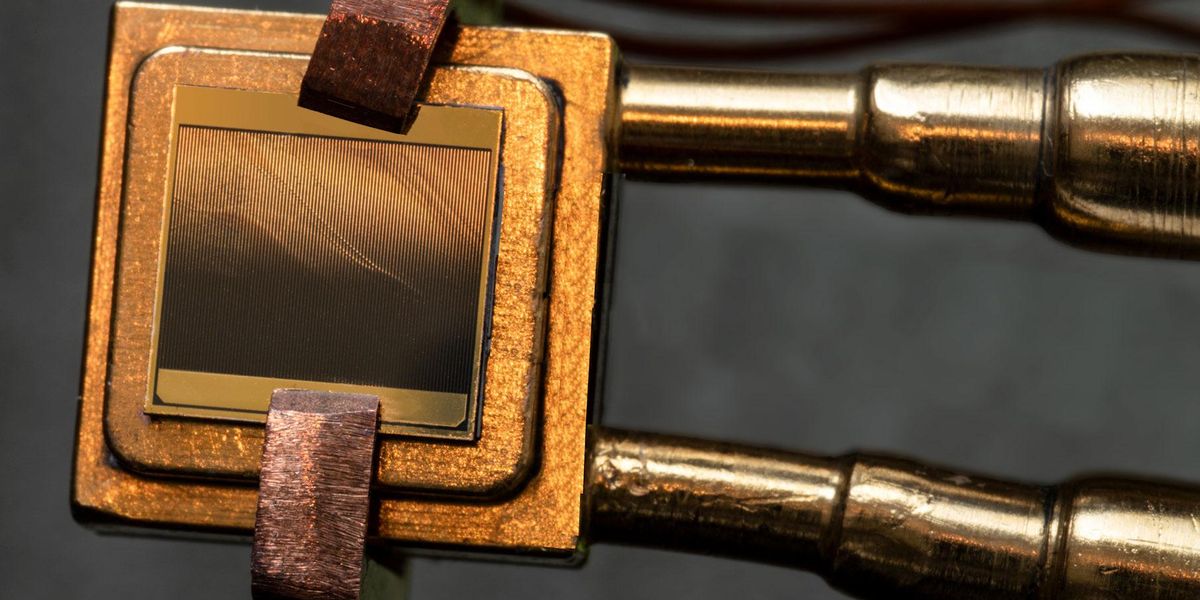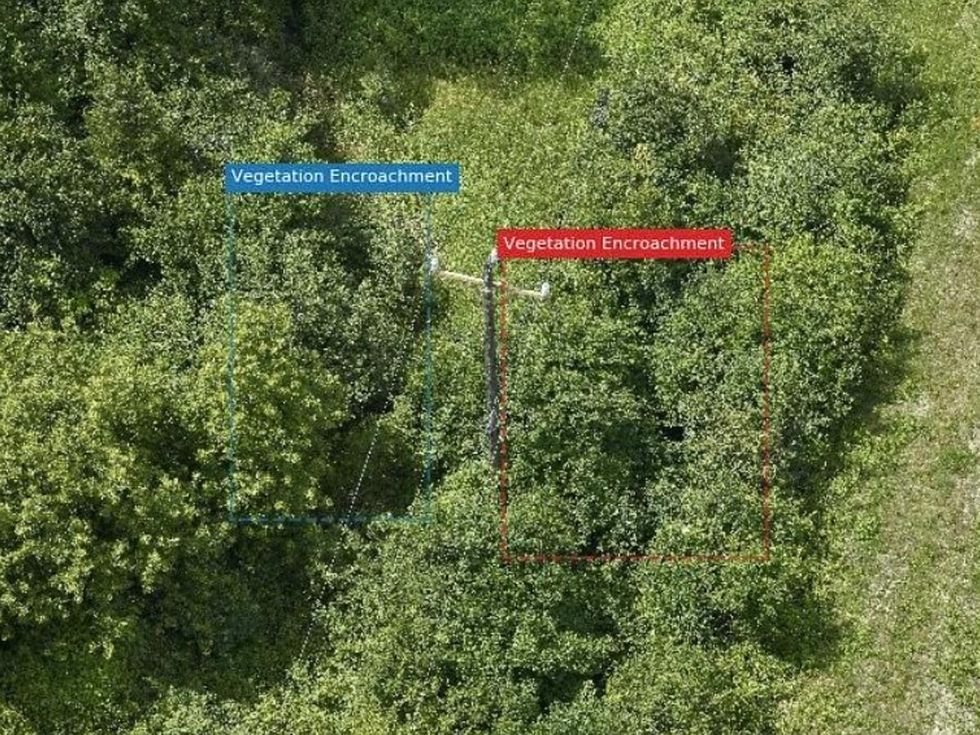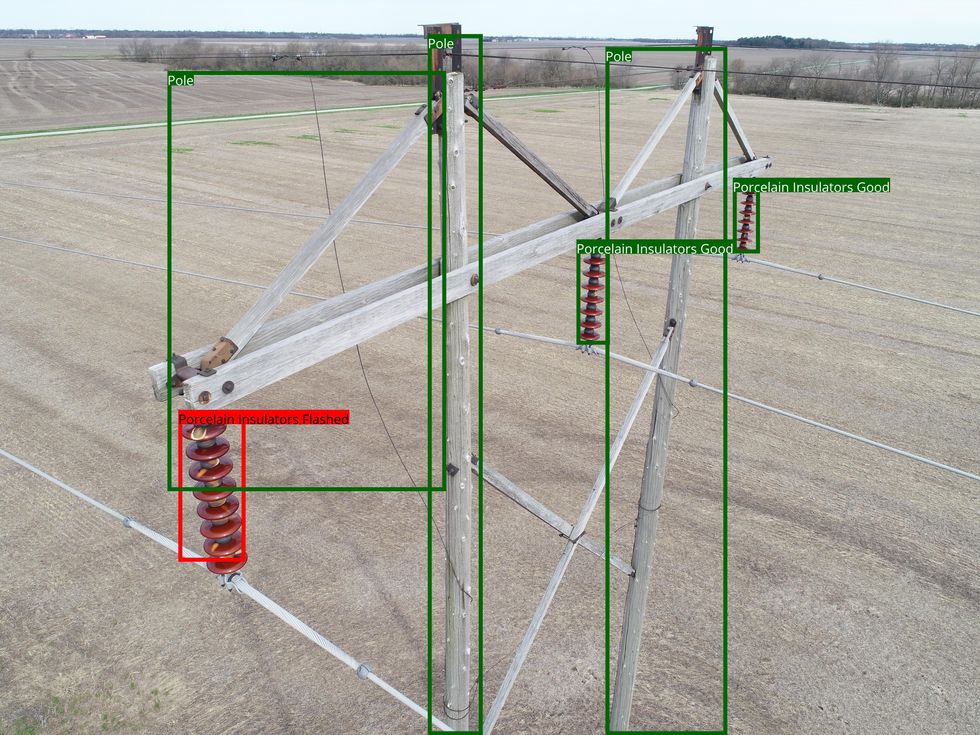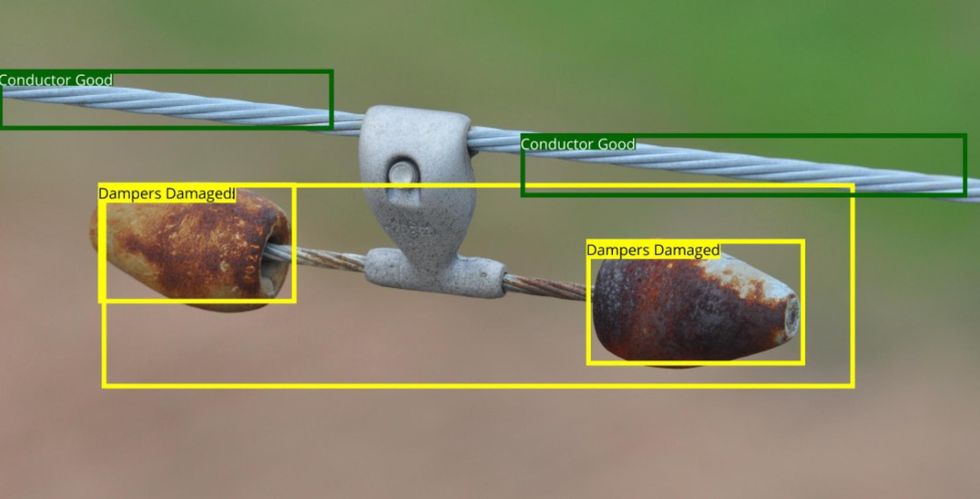
Generating Electricity from Heat with No Moving Parts
The way the inspections are completed has improved minor as nicely.
Traditionally, checking the condition of electrical infrastructure has been the obligation of males going for walks the line. When they are blessed and there’s an accessibility road, line staff use bucket trucks. But when electrical buildings are in a backyard easement, on the facet of a mountain, or if not out of get to for a mechanical raise, line employees still must belt-up their instruments and begin climbing. In remote parts, helicopters have inspectors with cameras with optical zooms that permit them inspect electric power strains from a length. These very long-selection inspections can deal with more ground but are not able to really exchange a closer appear.
Lately, electrical power utilities have began utilizing drones to capture extra data much more regularly about their energy lines and infrastructure. In addition to zoom lenses, some are introducing thermal sensors and lidar onto the drones.
Thermal sensors choose up excess heat from electrical parts like insulators, conductors, and transformers. If disregarded, these electrical elements can spark or, even even worse, explode. Lidar can enable with vegetation administration, scanning the region close to a line and gathering information that software afterwards takes advantage of to produce a 3-D product of the place. The model makes it possible for electric power program administrators to ascertain the precise distance of vegetation from energy strains. That is vital because when tree branches occur way too shut to power lines they can lead to shorting or capture a spark from other malfunctioning electrical factors.
AI-centered algorithms can location locations in which vegetation encroaches on electrical power lines, processing tens of thousands of aerial photos in times.Buzz Answers
Bringing any engineering into the mix that makes it possible for far more frequent and much better inspections is very good information. And it indicates that, making use of state-of-the-art as effectively as conventional monitoring instruments, significant utilities are now capturing far more than a million visuals of their grid infrastructure and the natural environment all over it each individual yr.
AI isn’t just fantastic for examining photographs. It can forecast the potential by searching at styles in data more than time.
Now for the negative news. When all this visible info arrives back to the utility details centers, field specialists, engineers, and linemen devote months examining it—as a great deal as 6 to eight months per inspection cycle. That takes them absent from their work of undertaking upkeep in the industry. And it really is just as well very long: By the time it can be analyzed, the information is out-of-date.
It really is time for AI to move in. And it has started to do so. AI and device finding out have begun to be deployed to detect faults and breakages in electric power strains.
Multiple power utilities, which includes
Xcel Energy and Florida Electricity and Mild, are testing AI to detect issues with electrical parts on both equally higher- and small-voltage energy traces. These electric power utilities are ramping up their drone inspection packages to raise the amount of money of data they accumulate (optical, thermal, and lidar), with the expectation that AI can make this data extra straight away handy.
My firm,
Buzz Methods, is one particular of the companies furnishing these types of AI applications for the energy business right now. But we want to do a lot more than detect challenges that have already occurred—we want to forecast them in advance of they take place. Consider what a electrical power company could do if it knew the location of devices heading to failure, enabling crews to get in and take preemptive maintenance actions, ahead of a spark makes the upcoming enormous wildfire.
It truly is time to question if an AI can be the modern day model of the outdated Smokey Bear mascot of the United States Forest Assistance: protecting against wildfires
just before they happen.
Injury to power line tools because of to overheating, corrosion, or other troubles can spark a fire.Buzz Answers
We started to build our units employing knowledge collected by authorities agencies, nonprofits like the
Electrical Ability Exploration Institute (EPRI), energy utilities, and aerial inspection company vendors that present helicopter and drone surveillance for use. Set alongside one another, this facts established includes 1000’s of photos of electrical components on electrical power traces, which include insulators, conductors, connectors, hardware, poles, and towers. It also involves collections of pictures of ruined components, like broken insulators, corroded connectors, damaged conductors, rusted components buildings, and cracked poles.
We labored with EPRI and energy utilities to build tips and a taxonomy for labeling the image knowledge. For instance, what just does a damaged insulator or corroded connector look like? What does a good insulator seem like?
We then experienced to unify the disparate info, the photographs taken from the air and from the floor working with distinct kinds of digital camera sensors running at unique angles and resolutions and taken less than a assortment of lighting conditions. We greater the distinction and brightness of some images to attempt to bring them into a cohesive range, we standardized graphic resolutions, and we made sets of pictures of the similar item taken from different angles. We also had to tune our algorithms to target on the object of fascination in each individual impression, like an insulator, somewhat than think about the full impression. We utilised equipment studying algorithms operating on an synthetic neural network for most of these changes.
Today, our AI algorithms can identify harm or faults involving insulators, connectors, dampers, poles, cross-arms, and other buildings, and spotlight the problem areas for in-particular person maintenance. For occasion, it can detect what we simply call flashed-more than insulators—damage owing to overheating brought on by abnormal electrical discharge. It can also place the fraying of conductors (a little something also prompted by overheated traces), corroded connectors, destruction to picket poles and crossarms, and many far more troubles.
Developing algorithms for analyzing electric power process equipment necessary deciding what accurately damaged elements seem like from a wide range of angles less than disparate lights situations. Right here, the computer software flags difficulties with tools used to decrease vibration caused by winds.Buzz Solutions
But a person of the most crucial concerns, specially in California, is for our AI to realize in which and when vegetation is developing as well shut to large-voltage electric power lines, particularly in mix with defective parts, a hazardous mix in fireplace country.
Today, our method can go by tens of hundreds of illustrations or photos and spot difficulties in a subject of hours and times, when compared with months for guide analysis. This is a huge help for utilities hoping to preserve the electrical power infrastructure.
But AI is just not just excellent for examining images. It can forecast the potential by looking at styles in facts more than time. AI now does that to predict
climate ailments, the expansion of companies, and the chance of onset of diseases, to identify just a number of illustrations.
We consider that AI will be able to provide very similar predictive tools for electrical power utilities, anticipating faults, and flagging regions where by these faults could probably cause wildfires. We are developing a system to do so in cooperation with market and utility partners.
We are working with historical info from power line inspections mixed with historical weather situations for the related region and feeding it to our machine finding out techniques. We are asking our machine finding out methods to come across designs relating to damaged or damaged factors, healthy components, and overgrown vegetation all around traces, together with the climate problems connected to all of these, and to use the designs to predict the potential wellness of the ability line or electrical elements and vegetation advancement all-around them.
Buzz Solutions’ PowerAI application analyzes images of the ability infrastructure to location latest difficulties and predict foreseeable future ones
Ideal now, our algorithms can forecast 6 months into the upcoming that, for illustration, there is a probability of 5 insulators obtaining broken in a distinct place, alongside with a significant chance of vegetation overgrowth around the line at that time, that mixed build a fire possibility.
We are now employing this predictive fault detection program in pilot applications with a number of big utilities—one in New York, 1 in the New England area, and a person in Canada. Due to the fact we began our pilots in December of 2019, we have analyzed about 3,500 electrical towers. We detected, between some 19,000 healthy electrical components, 5,500 defective ones that could have led to ability outages or sparking. (We do not have facts on repairs or replacements created.)
Exactly where do we go from here? To transfer beyond these pilots and deploy predictive AI much more extensively, we will need to have a substantial volume of facts, collected above time and throughout different geographies. This requires performing with multiple power businesses, collaborating with their inspection, maintenance, and vegetation administration groups. Major electrical power utilities in the United States have the budgets and the resources to collect details at these types of a huge scale with drone and aviation-based inspection systems. But smaller sized utilities are also getting in a position to collect more data as the expense of drones drops. Generating resources like ours broadly handy will have to have collaboration involving the massive and the modest utilities, as nicely as the drone and sensor engineering vendors.
Quickly ahead to Oct 2025. It is really not tricky to imagine the western U.S dealing with one more scorching, dry, and extremely risky hearth time, for the duration of which a compact spark could lead to a huge catastrophe. Individuals who reside in fire region are taking care to stay away from any exercise that could start out a hearth. But these times, they are far much less fearful about the risks from their electric powered grid, simply because, months back, utility workers arrived by way of, restoring and replacing faulty insulators, transformers, and other electrical components and trimming back trees, even individuals that had nonetheless to access ability lines. Some questioned the personnel why all the action. “Oh,” they were being advised, “our AI methods recommend that this transformer, suitable upcoming to this tree, may spark in the drop, and we you should not want that to happen.”
In truth, we unquestionably really don’t.



